Prisoner of the Vatican (33 page)
Read Prisoner of the Vatican Online
Authors: David I. Kertzer

"In This World." In contrast with the reconciliation that could be achieved in heaven,
La Rana,
on March 1,1878, depicts the new king, Umberto I, and the new pope, Leo XIII, being prevented from reaching the reconciliation they both desired by the evil figure of the Jesuit. The stormy skies and scorched earth signify the Vatican's commitment to reinstate the pope's "temporal power."
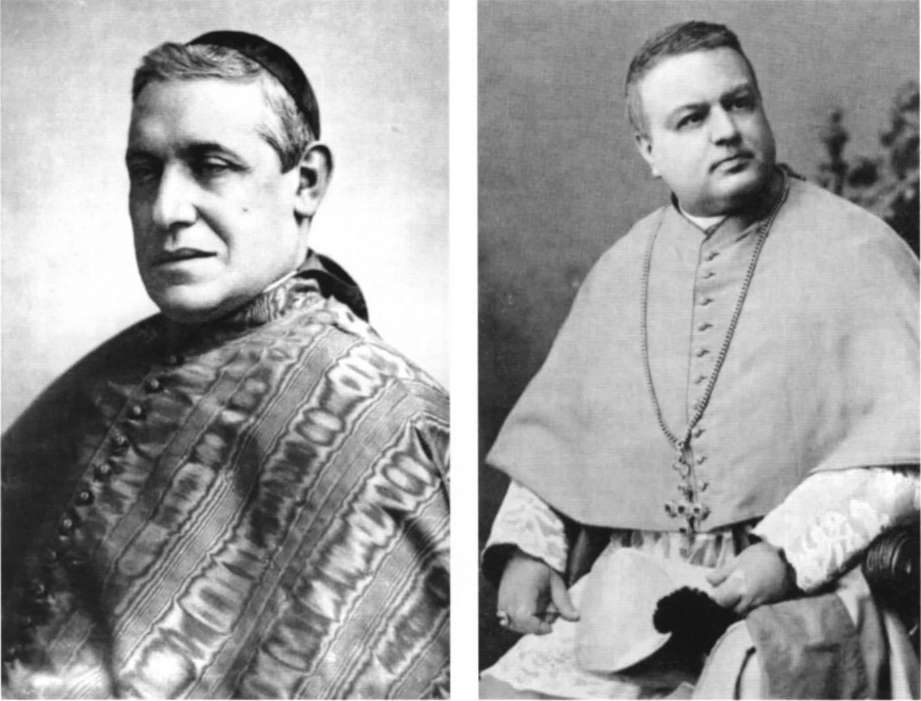
Cardinal Mariano Rampolla del Tindaro, secretary of state to Leo XIII from 1887 until the pope's death in 1903, aimed to regain Rome for the pope.
Luigi Galimberti championed a Vatican alliance with Austria and Germany and peace with Italy. Galimberti, whose own hopes for becoming secretary of state in 1887 were dashed, long remained Cardinal Rampolla's rival for the ear of Leo XIII. This photograph was taken in the 1890s, when he had become a cardinal.
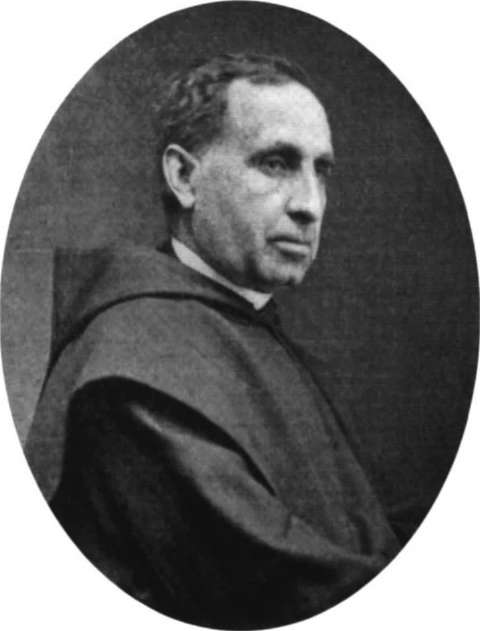
Luigi Tosti, a monk who had long known Leo XIII, only thought he was helping the pope by publishing a call for reconciliation with Italy in 1887, but he was denounced by the Vatican.
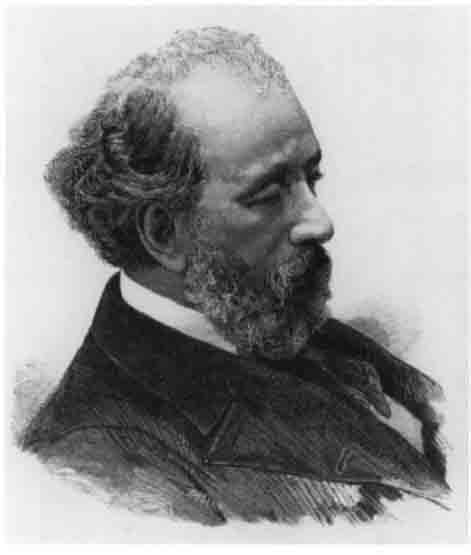
Alberto Mario, an anticlerical journalist and organizer, who at a rally in 1881 praised the anticlerical demonstrators who had come so close to throwing Pius IX's "carcass" into the Tiber.
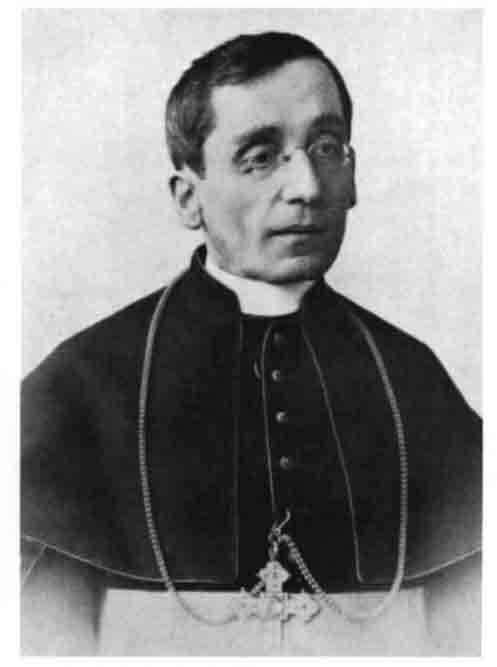
Giacomo Della Chiesa as a young priest, around the time in 1887 when he was sent on a secret mission by Leo XIII. In 1914, Delia Chiesa would become Pope Benedict XV.
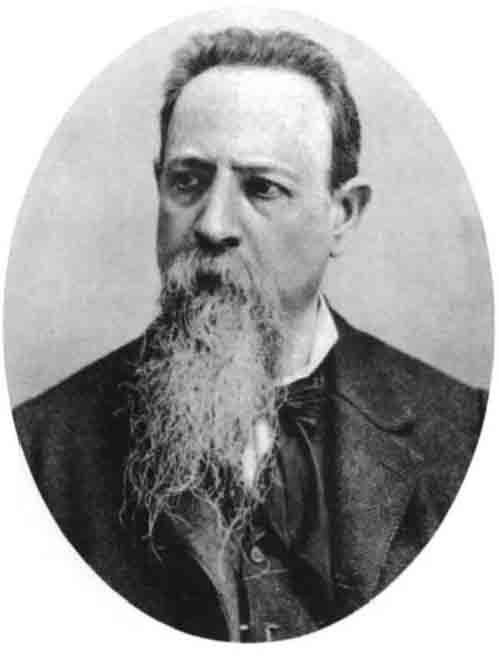
Giovanni Bovio, member of the left in parliament and famed anticlerical orator whose inscription adorns the statue of Giordano Bruno in Rome.
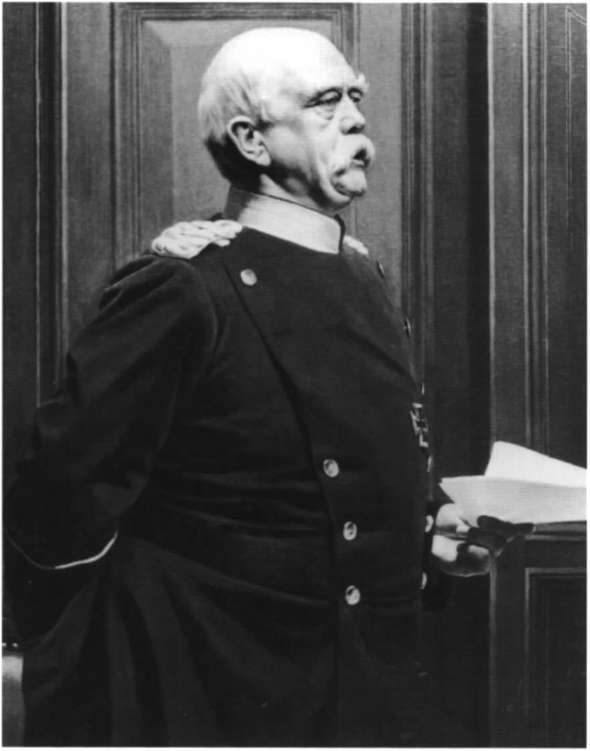
Chancellor Bismarck addressing the German Reichstag, in an 1886 painting by Anton von Werner.
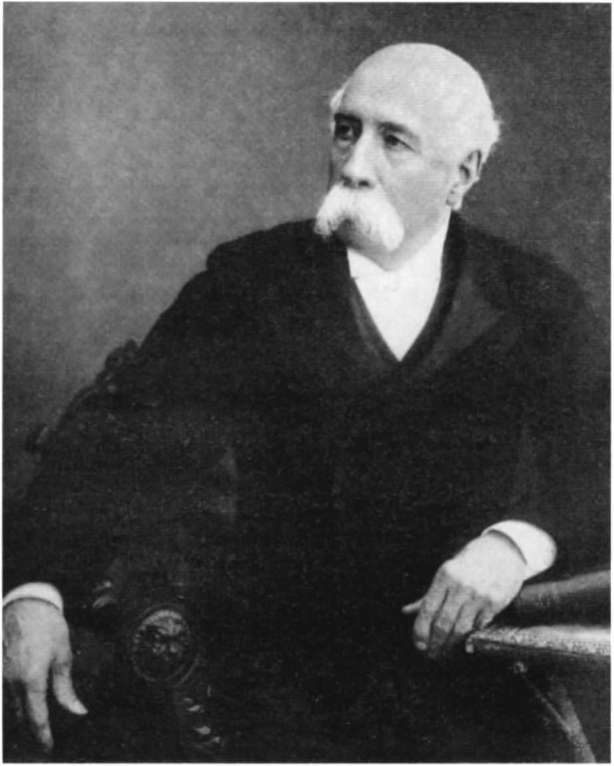
Francesco Crispi as prime minister. It was often said that Crispi looked like Bismarck. One observer wrote that although there was a resemblance, "Crispi gives all the appearance of wanting to charm his visitors,... Bismarck would like to terrorize them."
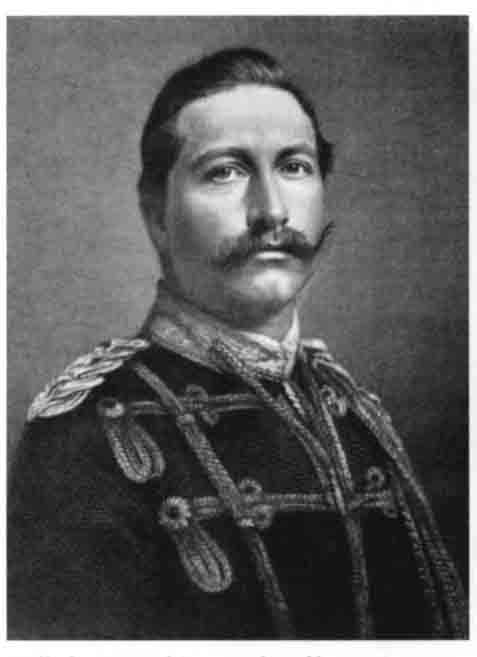
Wilhelm II. Within months of becoming emperor of Germany in 1888, Wilhelm was the first European sovereign to defy the pope and visit the Italian king in Rome.
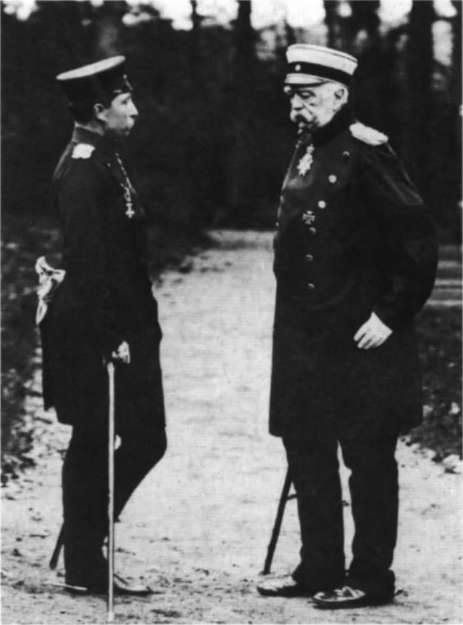
Chancellor Bismarck and Wilhelm II in Friedrichsruh, Germany, on October 30, 1888, shortly after their return from Rome.
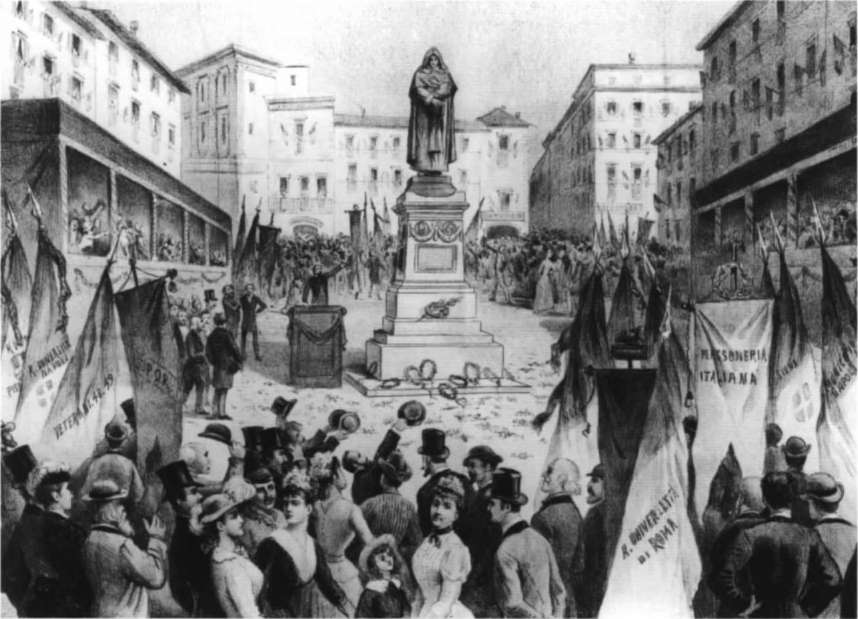
The 1889 dedication of the statue of Giordano Bruno in the Campo dei Fiori, where Bruno had been burned at the stake almost three centuries earlier, enraging the pope. Many believed it was the last straw, that the pope would soon leave Italy, to return only after Rome was taken from the Italians and returned to his control.
Did they expect there to be a large crowd? Bacco asked them. Yes, Crispolti and Datti replied, they thought it would be very large. But they hastened to add that the Vatican authorities had done nothing to encourage a mass gathering and had done all they could to discourage people from joining in. "Indeed, the cardinal vicar sent some Catholic organizations express instructions not to take part." Bacco told them that he had already made plans to have a large number of police lining the entire route and that many plainclothes police would be mixed in with the procession itself.
4
In his own testimony to the government's investigative committee, Bacco gave a slightly different account of this meeting. The two lay Catholic leaders came to see him on the eleventh, he recalled, but their mission had been to request that those following the funeral cortege be allowed to carry lit candles. He told them that they could, and then, he said, he sent news to the prefect "that the clericals were highly excited and planning to take part in the procession in great numbers, and that the well-known agitators were making plans to disrupt the funeral procession." However, in the police archives, Bacco's only telegram sent to the prefect on the eleventh reads rather differently: "I know positively that a great many people will be going to accompany the body of Pius IX from St. Peter's to San Lorenzo, following behind the coffin with torches and reciting prayers. There is so far no plan for political demonstrations or plans to promote disorders." It went on to say that he would submit a plan for the prefect's approval the following day for "a very strong contingent of police officers and agents at St. Peter's, behind the cortege, and along the streets through which it will pass on its way to San Lorenzo, so that we are in a position to provide for any emergency."
5
